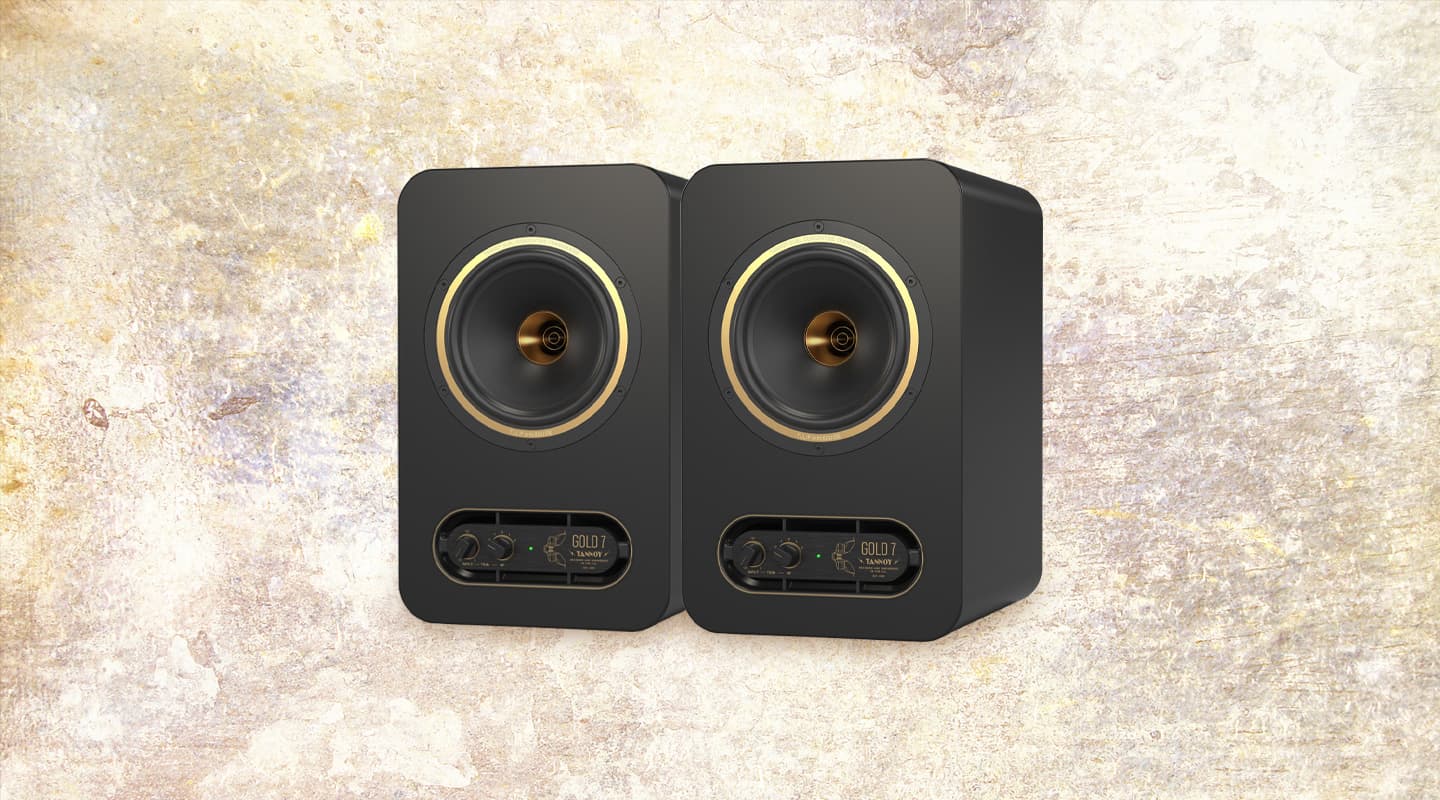
Review: Tannoy Gold 7
Not your average A$1000 two-ways. The storied Tannoy dual-concentric heritage lives on.
Tannoy dual concentric monitors are something special. They’ve been around a long time and traditionally have had a legion of fans.
In Britain, Tannoy is the Kleenex or the Hoover of loudspeakers. Public announcements are heard, even now, over the ‘tannoy’. Tannoy holds a special position in the public consciousness and at various times been king pins in the world of hi-fi, studio monitoring and public address.
Tannoy joined the TC group a while back which then got picked up by Uli Behringer’s Music Tribe a few years ago.
We’ve not seen much from the Tannoy brand since the Reveals of the Noughties although you can still buy current-generation Reveals which are handy but generically unspectacular two-ways.
So it was with some excitement that we learnt last year that Music Tribe was reinvigorating the Tannoy marque, pumping money into the relaunch of a new Tannoy dual-concentric monitor design.
DUAL CHALLENGE
So what’s the big deal about dual concentrics? I mean, if they were so good, others would be doing it, right?
Tannoy has had somewhat of a mortgage on dual-concentric monitors because they’re not easy to build and not easy to get sounding good.
But if you pull it off, the upside is superior imaging (thanks to low phase distortion and a uniform dispersion), given the sound is emanating from the same point source — something that really matters when your ear is only a few metres from the loudspeaker.
The Gold’s one-inch titanium tweeter is located behind the LF magnet and uses the magnet system and the 6.5-inch cone itself as the waveguide. If you look in the middle of the cone where the tweeter is, you’ll spot a couple of additional cylinders of different sizes which negates some of the resonances of the horn geometry. The design of the waveguides inside the horn resembles a tulip flower, hence Tannoy’s use of the term ‘HF Tulip Waveguide’, which they have a patent on from way back. You can boost or attenuate (±2dB) the HF output via a five-position knob on the front.
The 6.5-inch LF unit uses a bass reflex design with a front port. You can contour the bass by -2 and -4dB via a switch on the back panel. The Gold 7s cross over at 1.5kHz.
AB COMPARISON
What’s also different is the 300W Class-AB onboard amplification. Normally you’d expect Class-D amplification, especially in this price bracket and not Class-AB. Class-A amps are favoured by cardigan-wearing hi-fi fans but the hi-fidelity tradeoff is low efficiency and impracticality and/or lower lifespan. Class-B amps aren’t favoured so much by anyone in particular as they introduce distortion in the push/pull crossover point. Class-AB is seen by many as the offering the best of both worlds. In quieter moments, you get the Class-A goodness and when things are rockin’ you get the Class-B efficiency but the distortion is inaudible at that point. Offering Class-AB bi-amplification impresses me. It says, we’re serious about maintaining the Tannoy dual-concentric legacy, even in this low-cost ~A$1000 price bracket.
NEED TO KNOW
Tannoy Gold 7
Dual Concentric Active Studio Monitors
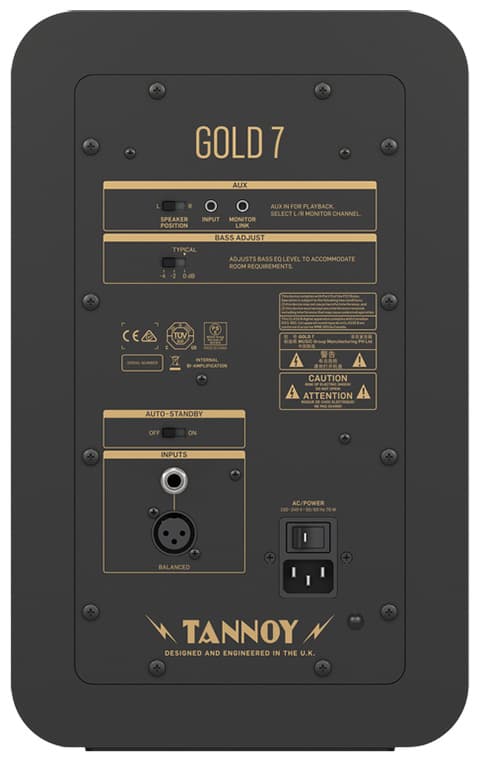
SHOOT ME A LINK
I mentioned the tonal switches on the front and back of the monitors. Also around the back are a few additional nifty inclusions. There’s the choice of jack or XLR inputs, a power saving mode along with a very handy minijack input mode.
You can plug your device straight into one of the monitors via the supplied (and long) cable, then you link the two monitors with a second supplied (and long) cable. A switch on the back panel allows you to elect the primary loudspeaker as the left or right monitor.
Some might question the use of the minijack cable. But it’s genius. The primary connection is always likely to be balanced but if a client bring in a song on a phone you can easily pipe that into your system. Or, if you’re a peripatetic sound person (ie. always on the move) you can very easily set the Tannoy Gold monitors into position and take the headphone output of your laptop. I know this type of arrangement isn’t unique, but it’s the first time this has really made sense to me in a pair of serious studio monitors.
THE SOUND
Tannoy rates the Gold 7’s frequency response from 65Hz – 20kHz ±3dB. To my ears they sound fuller than that. Interestingly, Hifi Next measured them flat-ish down to 50Hz which has more of the ring of truth for me, even if Tannoy quotes the 7s as 10dB down at 50Hz. Either way, the Gold 7s have a big, full sound in the nearfield. And balanced. There’s nothing flabby or out of whack. Being Tannoy dual concentrics, there’s an easy-listening quality to the Gold 7s — there’s nothing taxing about them over extended listening and like many Tannoy studio monitors before them, could happily double as a hi-fi speaker.
The promise of point source studio monitors is superior stereo imaging, and the Gold 7s don’t disappoint. The 90-degree dispersion and point source, phase-coherent arrangement of the drivers deliver a forgiving sweetspot and detailed sound stage.
One of the traditional dual-concentric trade-offs is some mid-frequency confusion. The other dual-concentric ‘gotcha’ is horn throat distortion which Tannoy has addressed with the two additional cylinders. But to my ear, the result is well balanced, revealing and pleasing.
Of course, I’m talking from the perspective of a A$1000 pair of monitors. And the Gold 7s remind with (okay, with rose-tinted glasses) of my happy times with a pair of Tannoy System 600s back in the late ’90s.

FUTURE’S BRIGHT
I think I’m most pleased by the engineering that’s gone into the Gold 7s. These monitors, with their Tulip throated waveguides, carry a dual-concentric DNA that dates back to the late 1940s. There’s a lot of commercial, lab-coated smarts amassed over that time, and the fact that Music Tribe hasn’t mothballed that knowledge, or at best cynically trotted out a dual-concentric-lite version of it but has chosen to invest in it? Well… it’s enough to bring a lump to this grizzled reviewer’s throat.
Are they flawless, no-compromise monitors? No, but they offer a compelling alternative to the A$1000-ish/pair active two-ways on the market.
A minor point: they’re not magnetically shielded, so be careful about placing them too close to your old CRT monitor (okay, or your hard disk backups).
And finally, you can make up your own mind about the Gold aesthetic. Personally, I’m down with the sunken lounge, ‘70s hi-fi vibe. Certainly, those people in my life who wouldn’t normally bat an eyelid at yet another studio monitor through the door have all commented on the Gold 7s. Make of that what you will!
What I think we can all agree on is how cool it is to see the retro ‘lighting bolt’ Tannoy branding making a return. It’s nice to be reminded that the gear we use today comes with heritage and I’ve no doubt the company forefathers would be proud of the latest crop of dual concentric speakers that proudly bear the Tannoy name.











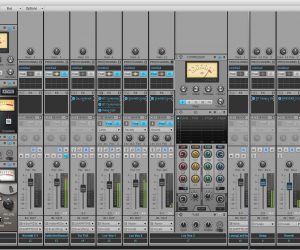
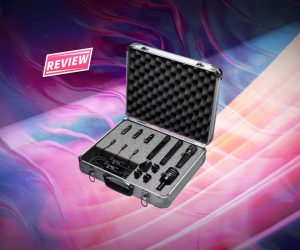
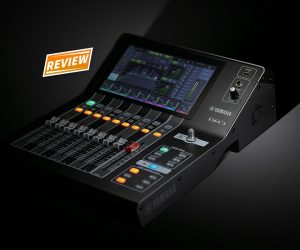






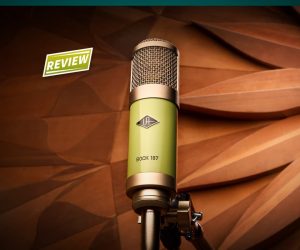

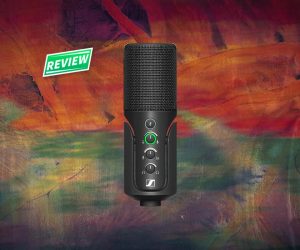


What an excellent review! I just ordered a pair of these monitors today, replacing my Event 2020 bas v2 monitors. While I did do some research on my own, the Tannoy was suggested to me by an engineer, who understands these things better than I do. I’m a musician first and official dabbler in recording about 4th. I didn’t even get the bronze.
Thanks for all your keen insight about these monitors. This is valuable information. Well done!
Thanks Jeff. Interestingly I (Chris) have had the 2020s as well and have served me very well.